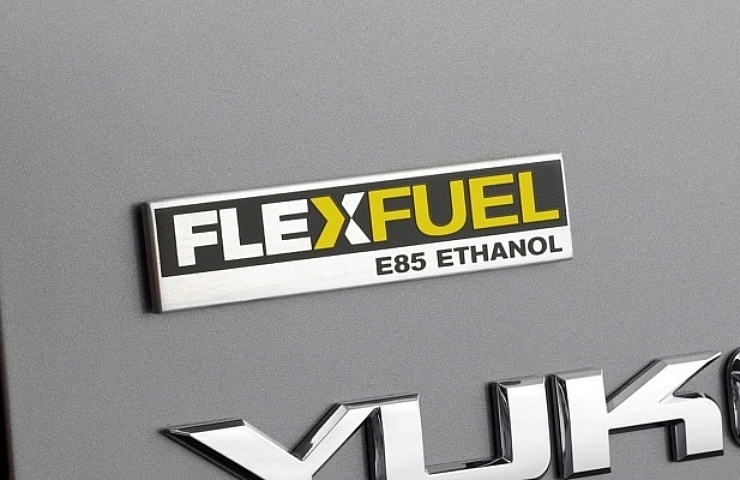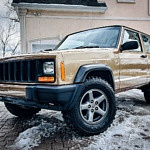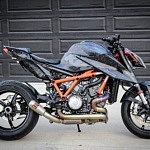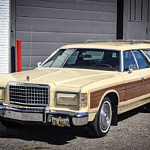Contents
Ethanol is a high-performance alcohol fuel that burns cooler and cleaner than conventional gasoline. It also delivers exceptionally high octane at a remarkably low cost per gallon.
The ability to produce more horsepower by choosing a different pump at the service station might sound like it’s too good to be true. But this is race-proven fuel, at the highest levels of motorsports.
Where does ethanol come from? Simply put, it’s moonshine distilled from low-cost sugar. That sugar can come from many feedstocks. In America, ethanol primarily gets distilled from corn, while in Brazil, sugarcane is the source. Alternative biomass sources include sugar beets, sorghum, algae, and municipal solid waste.
Shop now for E85 Conversion KitsWhen Did American Drivers Start Using Ethanol?
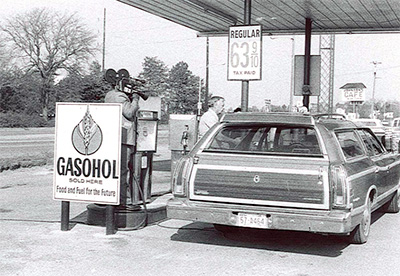
Gasohol became an option in the 1970s. But ethanol blends became the law in 2005.
Ethanol use began with the Ford Model T, but soon faded. It regained popularity in the 1970s in the aftermath of the gas crisis. That’s when drivers in the US started using “gasohol,” a blend of conventional gasoline and alcohol.
Then, in 2005, the US Congress mandated that fuel suppliers start using biofuels to reduce carbon emissions in the Renewable Fuel Standard. The US Department of Energy states that 98 percent of US gasoline contains up to 10 percent ethanol to boost octane and meet air quality requirements.
What is E15?
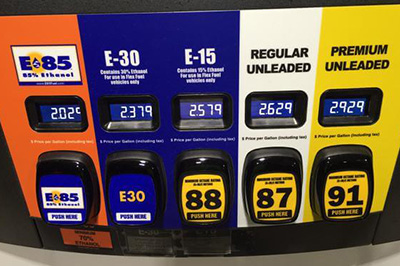
This old photo (from when fuel prices were cheap) shows how pumps can offer multiple blends of ethanol.
In parts of the Midwest, you’ll see regular blends with 15 percent ethanol (E15), marketed as Unleaded 88. The extra five percent adds one point of octane and lowers the price per gallon. In addition, E15 can benefit performance in vehicles with knock sensors by adjusting timing to take advantage of the higher-octane level.
What Ethanol Percentage Should I Use in My Vehicle?
The first step is knowing your vehicle’s factory specifications. You don’t need to leaf through the owner’s manual. Instead, open the fuel filler door, where the ethanol percentage is displayed. All vehicles starting in 2001 can use E10. While specific auto manufacturers may have differing positions, the US government states that E15 is suitable for most vehicles built after 2001.
What Is a Flex Fuel Car?
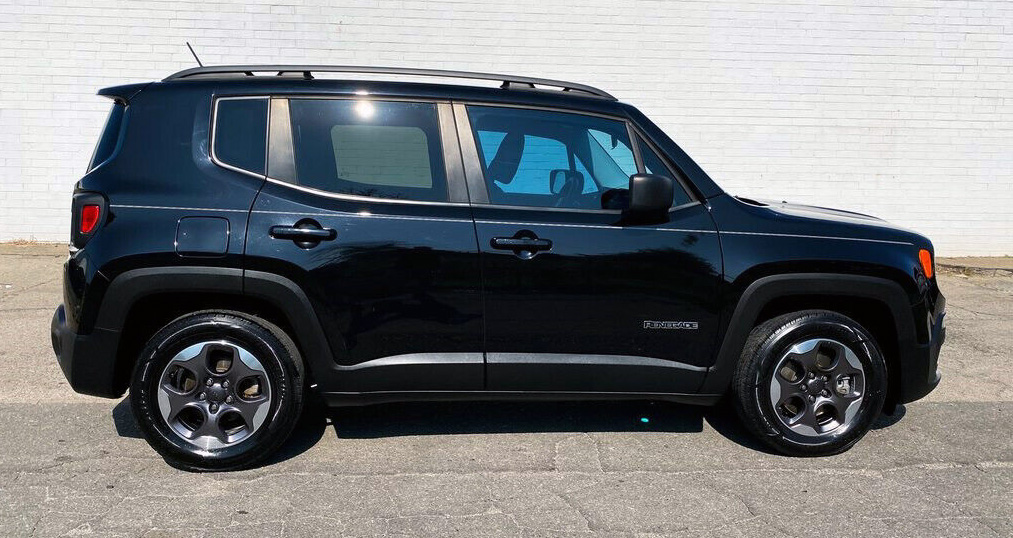
Dozens of new and used Flex Fuel models are on the market. This example is a 2017 Jeep Renegade.
Flex Fuel vehicles can use blends of up to 85 percent ethanol. That potent ethanol blend is called E85. Specialized “blender pumps” allow Flex Fuel vehicle owners to choose a blend that best fits their requirements.
Some factory Flex Fuel vehicles take advantage of E85’s octane level to deliver a higher level of performance via optimized ignition timing. While the use of E85 results in lower fuel economy than E10, intermediate blends can provide increase efficiency in a Flex Fuel car or truck.
Can You Modify Any Car To Be Flex Fuel?
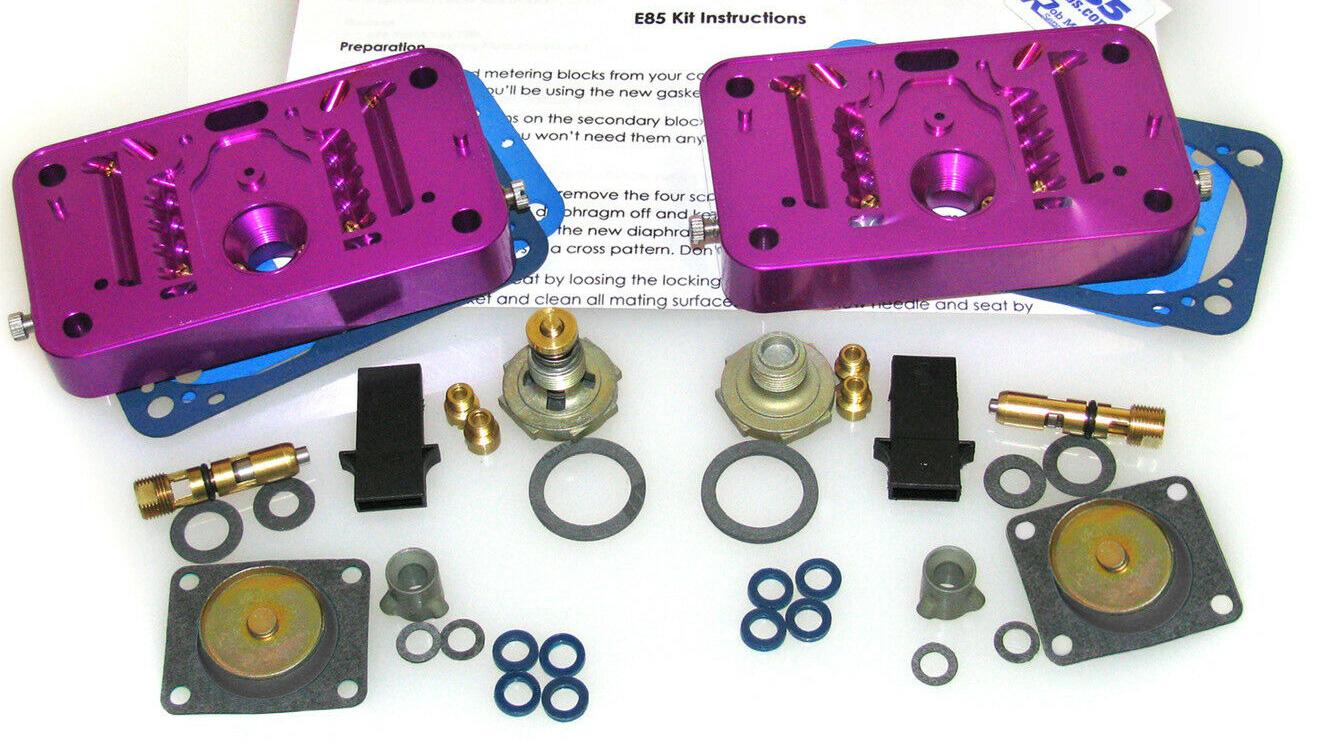
A high-performance E85 conversion kit from E85carbs.
While it’s possible to convert a conventional vehicle to Flex Fuel, the legalities differ from state to state. Flex Fuel conversion kits add ethanol sensors, fuel lines, and other parts.
With the added gear, aftermarket tuning boxes (that can run afoul of EPA guidelines) can take advantage of higher-octane levels. For example, E30 tunes present a popular alternative to conventional 91 or 93 octane premium. E30 delivers more horsepower and torque at a significantly lower cost per gallon than conventional premium when used with an E30 optimized tune.
Higher level blends will require changes to the fuel injectors and fuel pump. As the adage goes, the faster you want to go, the more you need to spend.
Shop now for E85 Conversion KitsIs Ethanol Bad for My Engine?
While some folks are adamant that ethanol is bad for engines, that’s usually not the case. Ethanol blends are perfectly fine for vehicles engineered to use the fuel. Cars built before 2001 may need new fuel system components due to corrosion issues. But E10 doesn’t harm or otherwise affect most modern vehicles. If you want to run a high-octane ethanol blend in an older car, you should upgrade to the appropriate components.
E10 may cause issues with small engines used by power tools. So it’s essential to add a stabilizer to the fuel tank of your chain saw, leaf blower, or string trimmer before you store it for the winter.
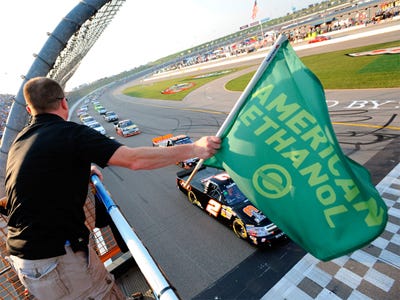
Sunoco Green E15 is the standard fuel in NASCAR.
Is Ethanol Used in Motorsports?
Yes, big-time. Ethanol is extremely popular in motorsports. E85 is the Two Buck Chuck of high-performance fuels, delivering roughly 105 octane at a fraction of the price of conventional race fuel. The largest American racing series, from NASCAR to IndyCar and Formula Drift, support the use of ethanol as a way to green up motorsports.

